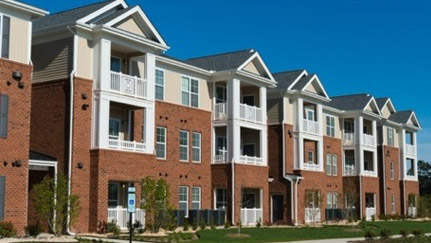Subscribe to our newsletter for timely content in your inbox

It is vital to understand the difference between NFPA 13 and NFPA 13R sprinkler systems, and which type of system is installed in your building.
The goal of NFPA 13R fire protection systems is to saves lives, not to save the building. NFPA 13R systems slow the development of a fire by wetting combustible materials commonly found in a residential setting: upholstered furniture, drapes, beds and flooring. Slowing fire development allows inhabitants additional time to escape.
Key limitations of 13R systems are:
Partial building protection and lower water delivery rates render NFPA 13R systems as life safety sprinkler systems. They cannot reliably control fire growth. Effective fire control, allowing time for fire fighters to arrive and extinguish the blaze, is necessary to save the building. Effective fire control is delivered by higher density, NFPA 13 sprinkler systems.
Nationwide recently published a new bulletin to assist the reader in understanding the limitations of 13R sprinkler protection. It also explains the property protection benefits of having sprinkler protection designed to a NFPA 13 “Light Hazard” design. More in-depth information can be found in the Loss Control Services NFPA 13R bulletin.